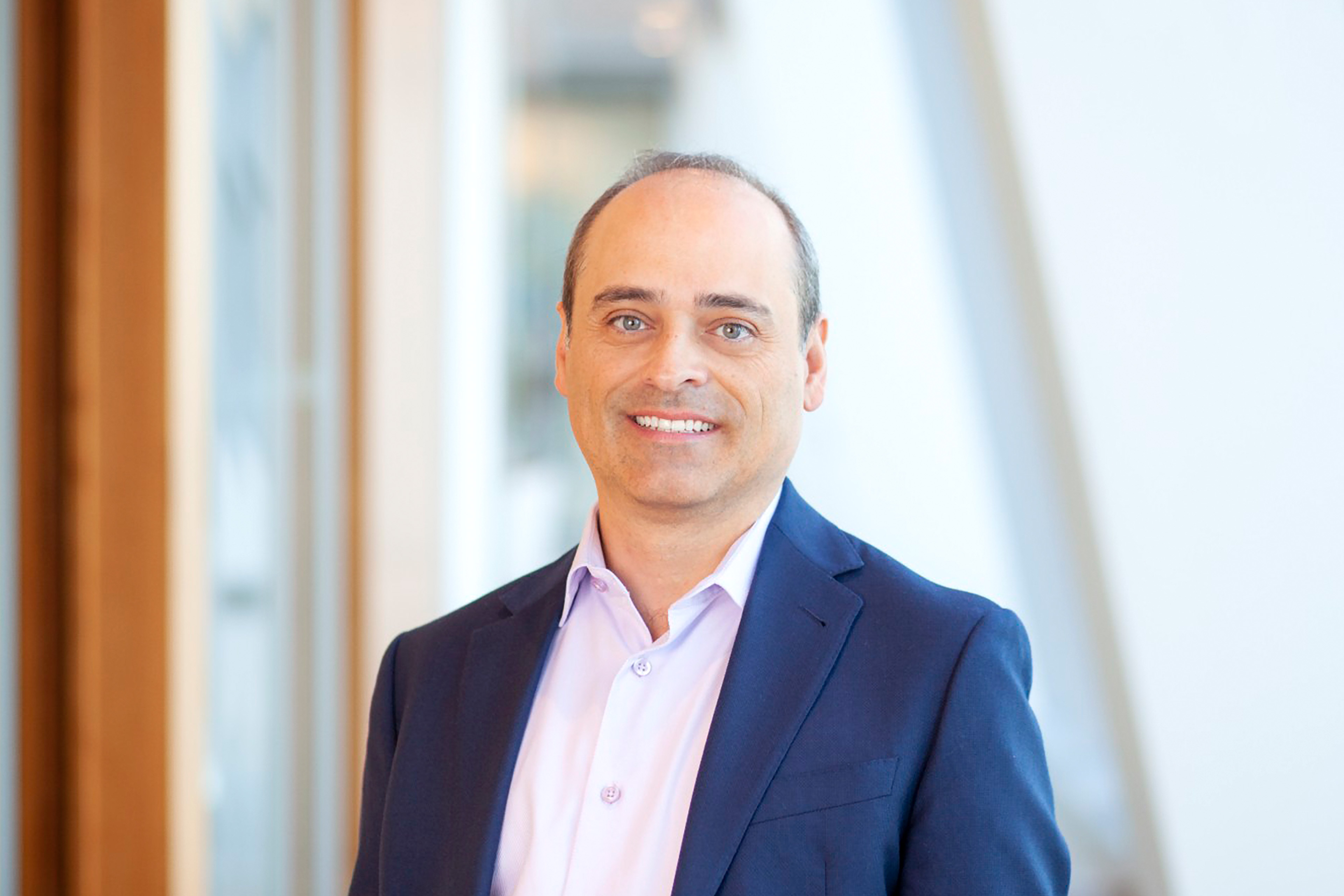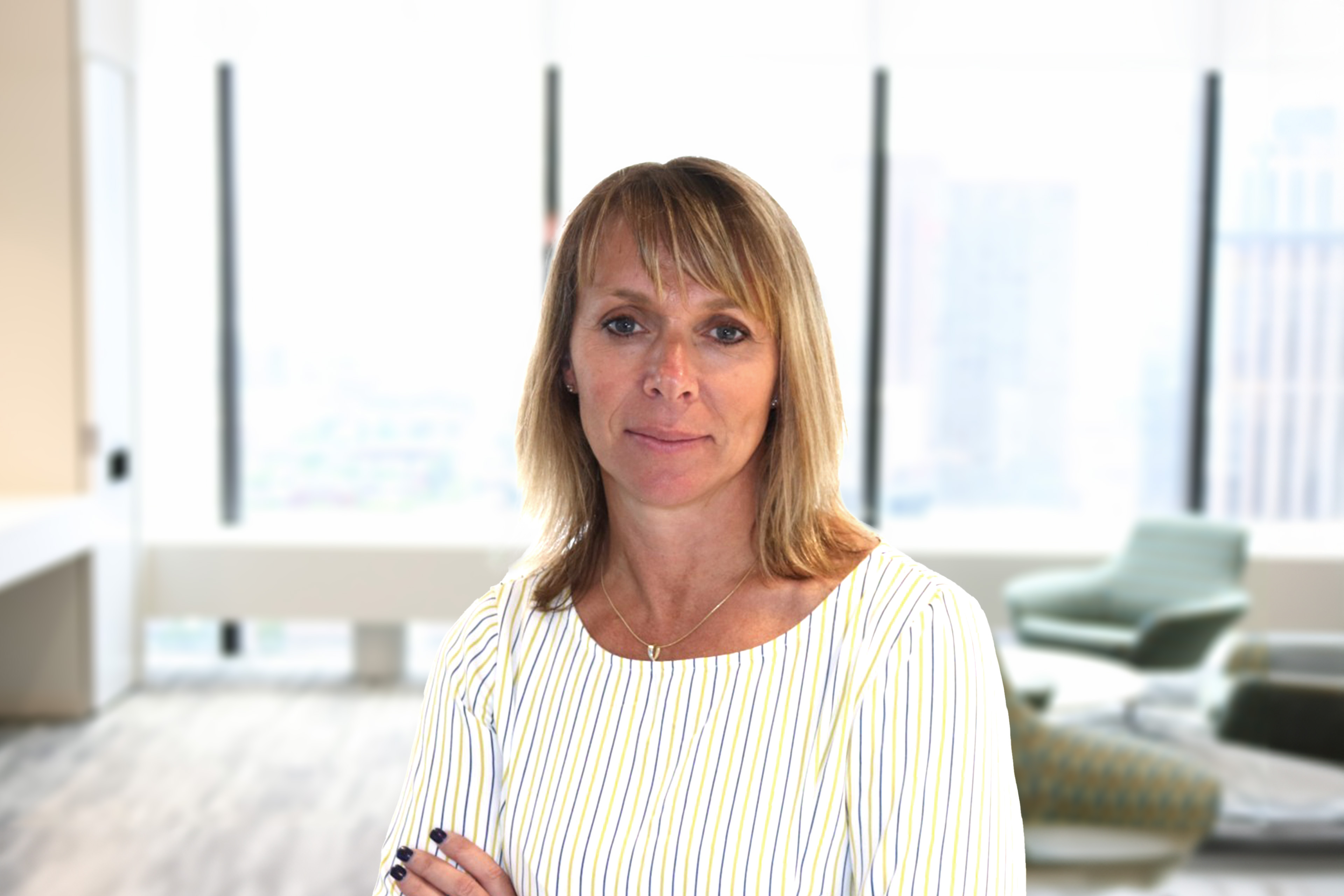EY refers to the global organization, and may refer to one or more, of the member firms of Ernst & Young Global Limited, each of which is a separate legal entity. Ernst & Young Global Limited, a UK company limited by guarantee, does not provide services to clients.
How EY can help
-
Our integrated workforce mobility services professionals can help you move talent across the globe with minimum delay and inconvenience. Find out more.
Read more
After the business traveler program was up and running, the teams then set out to reduce the number of immigration providers supporting Microsoft. At that time, Microsoft had 19 global immigration providers, with the goal of getting down to one global provider outside of the US to increase efficiency and effectiveness, and add value for employees and the organization.
“Microsoft realized that they could further evolve their global immigration program and improve on the sometimes-disjointed employee experience and process,” says George Reis, EY Americas Immigration Leader. “Instead of disparate providers, they wanted a more centralized strategic program, integrated with their mobility and global workforce strategy, informed by a common case management system, and supported in execution by their HR Services organization.”
Reis adds that this undertaking would then create space to apply a strategic lens to immigration which was employee-focused, would support business goals, reduce risk, and understand government relations.
With a more comprehensive, strategic approach to global immigration and US state-to-state business travel compliance, Microsoft sought a solution that would further transform the Mobility function and enhance employee experience. To experience cross-border work, even for a short-time, can be a life-changing experience, but without strategic coordination, it can create a strain on process and stress on employees. It’s an undertaking requiring streamlined process, adaptable technology, and a people-first mindset to realize the full potential of global teams and talents.










